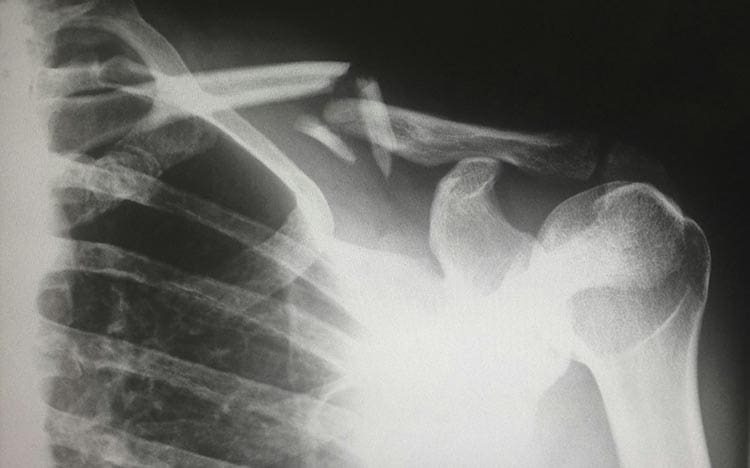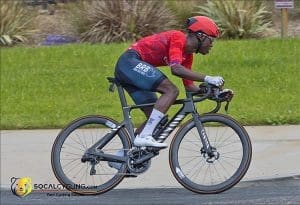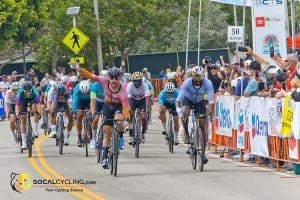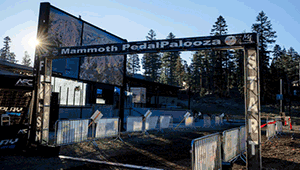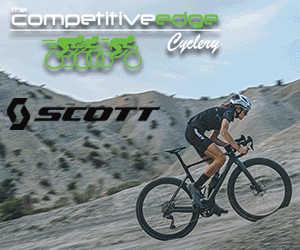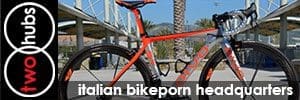Returning to your passion for riding after an injury can be a daunting journey, fraught with both physical and psychological challenges.
The key to a swift and successful comeback lies in understanding the nuanced approaches to rehabilitation and recovery.
Among these strategies, chiropractic care stands out for its holistic approach to healing and pain management.
It emphasizes not only the alleviation of symptoms but also the underlying causes of discomfort.
By integrating chiropractic techniques into their recovery plan, individuals can enhance their body’s natural healing process, reduce recovery time, and return to riding with confidence and strength.
Chiropractic Care In Recovery
Chiropractic care offers a unique, non-invasive path to recovery for athletes and individuals looking to return to their active lifestyles post-injury.
This holistic approach not only addresses the immediate pain and discomfort but also works on the body’s alignment and balance, promoting optimal healing and preventing future injuries.
By focusing on the body’s musculoskeletal structure, chiropractic care ensures that the spine and joints are in proper alignment, thus facilitating better nerve function and overall body health.
This method of care is particularly beneficial for riders who rely on their body’s balance and coordination to excel in their sport.
Sacro Occipital Technique (Sot)
Among the various chiropractic techniques, the Sacro Occipital Technique (SOT) stands out for its gentle, yet effective, approach to balancing the relationship between the sacrum (base of the spine) and the occiput (base of the skull).
This technique involves the use of specific blocks placed strategically under the pelvis, allowing gravity to realign the spine naturally without the need for forceful adjustments.
SOT is particularly effective in treating injuries related to the spine and pelvis—common areas of concern for riders.
It not only alleviates pain but also improves fluid flow within the spinal cord, enhancing the body’s natural healing capabilities.
Riders who incorporate SOT into their recovery process often report quicker rehabilitation times and a stronger return to their sport.
Activator Method
The Activator Method employs a hand-held instrument to deliver a gentle impulse force to the spine with the aim of restoring motion to the targeted spinal vertebra or joint.
This technique is characterized by its precision and mild approach, making it an excellent option for patients seeking an alternative to the traditional manual forms of spinal manipulation.
It’s particularly effective in treating back pain, neck pain, and headaches, which can be common complaints among riders.
The method’s gentle nature makes it suitable for individuals of all ages, including those with arthritis, osteoporosis, or other conditions that may preclude more forceful adjustments.
Flexion-Distraction Technique
Flexion-Distraction is a chiropractic technique that utilizes a specialized table to stretch the spine and isolate the affected area while flexing the spine with a gentle pumping rhythm.
The motion is designed to decompress the spinal discs and facilitate a natural healing process, especially useful for those suffering from disc injuries or sciatica.
This non-surgical alternative is known for its ability to increase spinal motion without discomfort, reduce pressure on the spinal nerves, and improve circulation to the spinal discs.
Riders recovering from lower back injuries or disc herniations may find the Flexion-Distraction Technique particularly beneficial as it helps in rapidly alleviating pain, restoring range of motion, and getting them back to their passion with minimal downtime.
Broadening The Recovery Spectrum: Beyond The Physical
Recovery from sports injuries transcends the physical rehabilitation process, incorporating a blend of nutritional, psychological, and social strategies to ensure a holistic return to form.
This comprehensive approach not only addresses the immediate impacts of injuries but also lays the groundwork for a more resilient comeback, catering to the athlete’s overall well-being.
Psychological Recovery: The Mindset For Comeback
Psychological resilience plays a pivotal role in an athlete’s recovery journey, often mirroring the importance of physical rehabilitation.
The mental trauma stemming from injuries can profoundly affect an athlete’s confidence, identity, and emotional stability.
It’s crucial to recognize that injuries not only disrupt physical capabilities but also the mental peace of athletes, leading to feelings of isolation, self-doubt, and anxiety.
To counteract these challenges, psychological rehab emphasizes the importance of mental health support, including counseling and therapy, to navigate the emotional turmoil of recovery.
Athletes are encouraged to adopt a positive mindset, focusing on gradual progress and celebrating small victories along the way.
This mental resilience not only aids in overcoming the immediate setbacks caused by injuries but also fortifies the athlete’s psychological foundation for future challenges.
Nutritional Strategies: Fueling The Recovery
Proper nutrition is a cornerstone of effective injury recovery, providing the body with the essential nutrients needed for healing and regeneration.
A balanced diet rich in proteins, vitamins, and minerals supports the repair of damaged tissues, reduces inflammation, and strengthens the body’s overall resilience.
Athletes should consult with nutritionists to tailor their diets to their specific recovery needs, ensuring an optimal balance of nutrients to facilitate a quicker return to peak performance.
Social Support: The Role Of Community
The support of teammates, coaches, family, and friends significantly impacts an athlete’s recovery process.
Social support offers emotional comfort, reduces feelings of isolation, and can motivate athletes during the challenging phases of rehabilitation.
Engaging with a community that understands and supports the recovery journey fosters a positive environment conducive to healing.
Sharing experiences, setbacks, and achievements with others who have faced similar challenges can also provide valuable insights and encouragement.
Final Remarks
In navigating the path from injury to riding again, it’s evident that recovery is not a linear journey but a multifaceted process that demands attention to the physical, psychological, and social dimensions of healing.
By integrating chiropractic care, focusing on mental resilience, adopting strategic nutritional practices, and leveraging the strength found in community support, riders can not only return to their passion but do so with renewed vigor and insight.
This holistic approach ensures that the comeback is not just about regaining lost physical abilities but about emerging stronger, more balanced, and prepared for the challenges and triumphs that lie ahead.
Through patience, perseverance, and the support of both professionals and loved ones, the journey back to riding can transform the experience of injury into an opportunity for growth and resilience.
Photo by Harlie Raethel on Unsplash
No products found.


